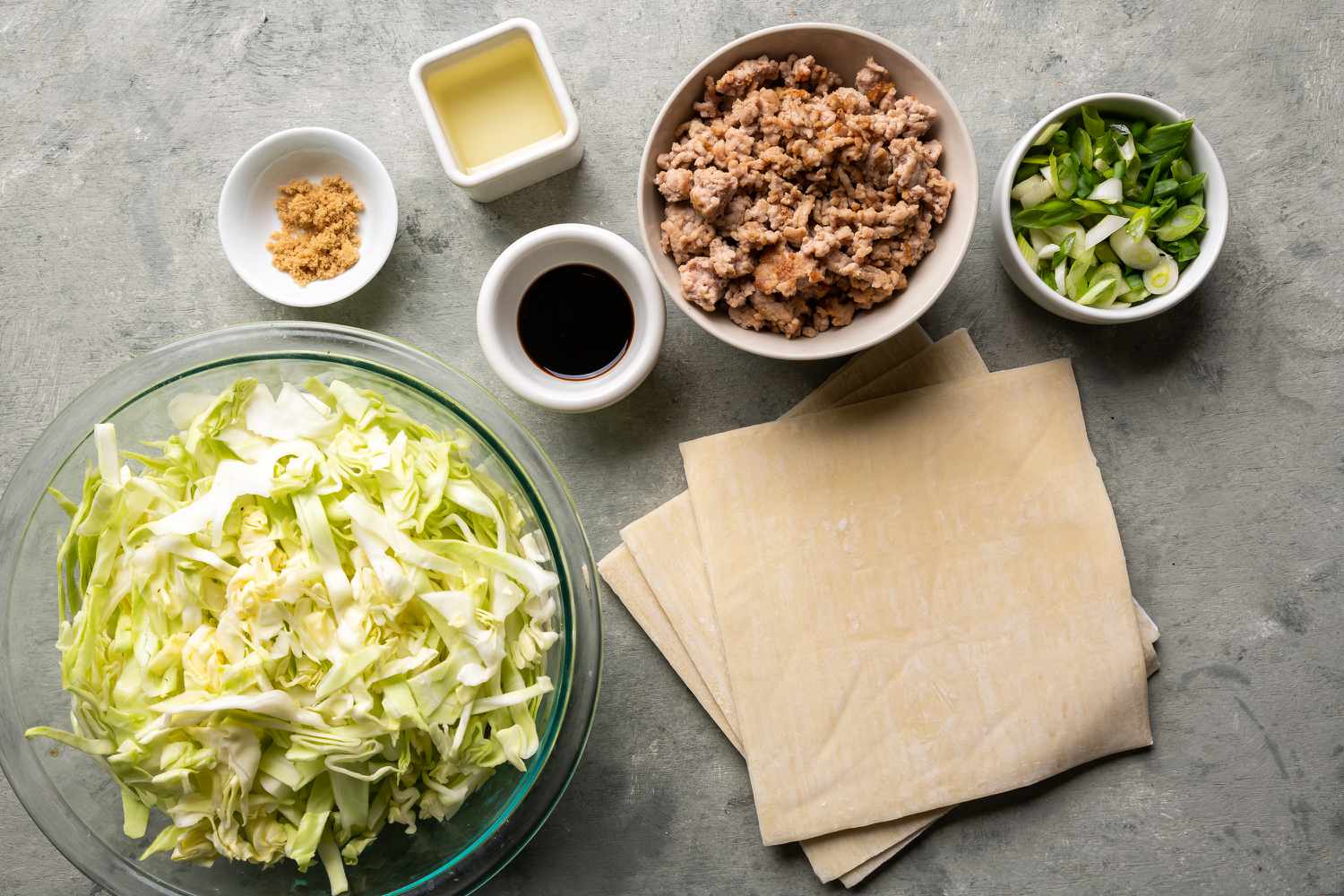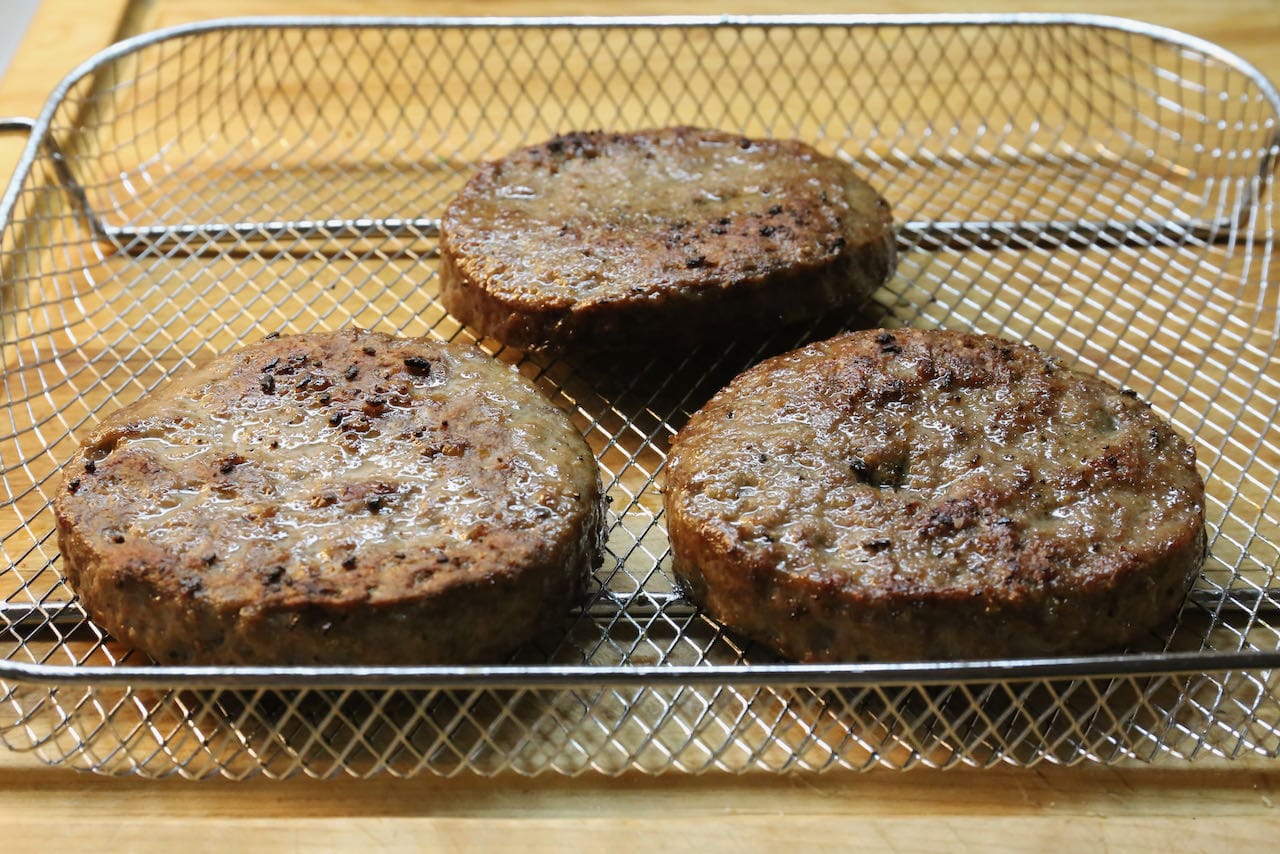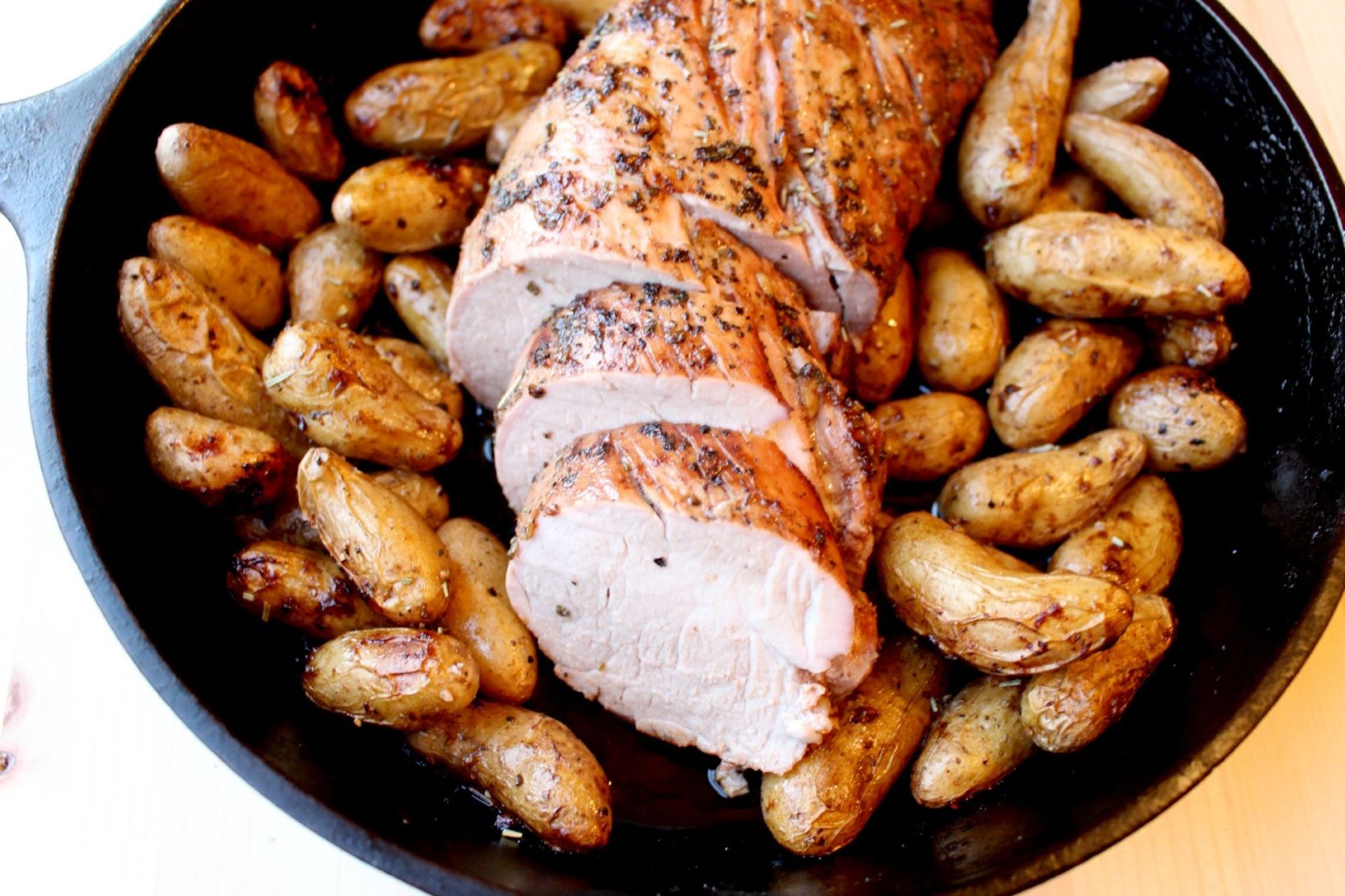Unlock the Secrets of Cooking with Ginseng Root
Ginseng root, known for its incredible health benefits, has been used in traditional medicine for centuries. While ginseng is commonly consumed as a supplement or tea, cooking with this versatile root can add a delightful twist to your culinary adventures. Whether you’re an experienced chef or a cooking novice, we’ll guide you through the process of preparing and cooking ginseng root to create delicious and nutritious meals.
Choosing the Right Ginseng Root
Before embarking on your cooking journey, it’s important to select the right type of ginseng root. There are two main varieties: American ginseng and Asian ginseng. American ginseng is milder in flavor and often used in soups and stews, while Asian ginseng is stronger and used in stir-fries and herbal tonics.
Preparing Ginseng Root
Once you have acquired your ginseng root, it’s time to prepare it for cooking. Follow these steps:
- Wash the ginseng root thoroughly under cold water to remove any dirt or impurities.
- Using a sharp knife, carefully peel the outer skin of the ginseng root.
- Rinse the peeled ginseng root again to ensure it’s clean and ready for cooking.
Cooking Techniques for Ginseng Root
Now that your ginseng root is prepped and ready, let’s explore some popular cooking techniques:
1. Ginseng Root Soup
One of the most common ways to cook ginseng root is by preparing a nourishing soup. Here’s a simple recipe to get you started:
- In a pot, bring chicken or vegetable broth to a boil.
- Add sliced ginseng root, along with other ingredients like chicken, mushrooms, and vegetables.
- Simmer the soup for about 30 minutes, allowing the flavors to meld together.
- Season with salt, pepper, and other herbs or spices of your choice.
2. Stir-Fried Ginseng Root
For a quick and flavorful dish, try stir-frying ginseng root with your favorite vegetables and protein:
- Heat a tablespoon of oil in a wok or skillet over high heat.
- Add thinly sliced ginseng root and stir-fry for a minute or two.
- Toss in your choice of veggies, such as bell peppers, carrots, and snap peas.
- Add cooked shrimp, chicken, or tofu for protein.
- Season with soy sauce, garlic, and ginger for an Asian-inspired twist.
Enhancing the Flavor of Ginseng Root
Ginseng root has a slightly bitter and earthy taste, which can be balanced and enhanced by combining it with other ingredients. Here are a few tips to elevate the flavor:
- Pair ginseng root with honey or sweet fruits to add a hint of sweetness.
- Use aromatic herbs and spices like cilantro, basil, and turmeric to infuse depth of flavor.
- Add ginseng root to broths and stocks to create a rich and hearty base.
- Experiment with different cooking methods, such as steaming or braising, to enhance the texture and taste.
With these cooking techniques and flavor-enhancing tips, you’re well on your way to creating mouthwatering dishes using ginseng root. Let your creativity flow in the kitchen and enjoy the unique flavors and health benefits this remarkable root has to offer!
For those eager to try out the guide's cooking techniques, a few standout recipes include Stir-Fried Ginseng with Veggies, Ginseng and Mushroom Risotto, and Ginseng Root Tea. These dishes not only showcase the unique flavor of ginseng but also provide a variety of culinary methods to enhance your skills. The Stir-Fried Ginseng with Veggies is a quick and nutritious meal, perfect for weeknights. The Ginseng and Mushroom Risotto offers a creamy, comforting dish that's ideal for impressing guests. Lastly, Ginseng Root Tea is a soothing beverage, excellent for enjoying a relaxing moment at any time of the day.











